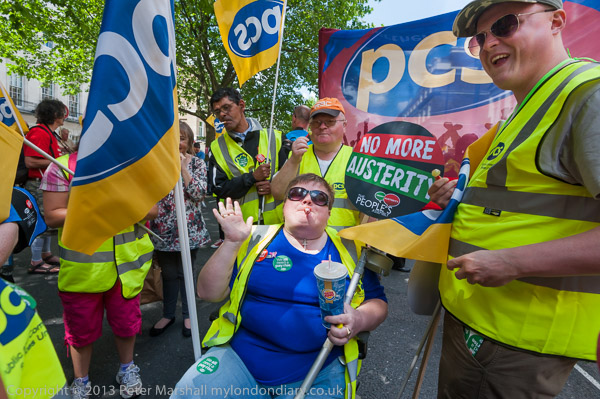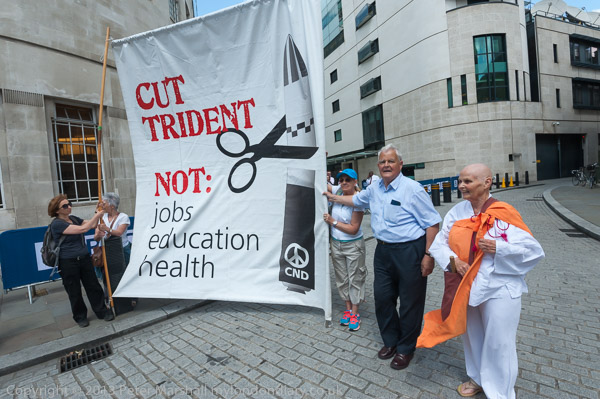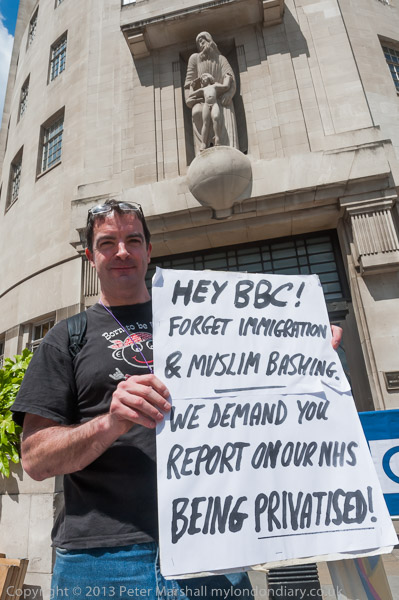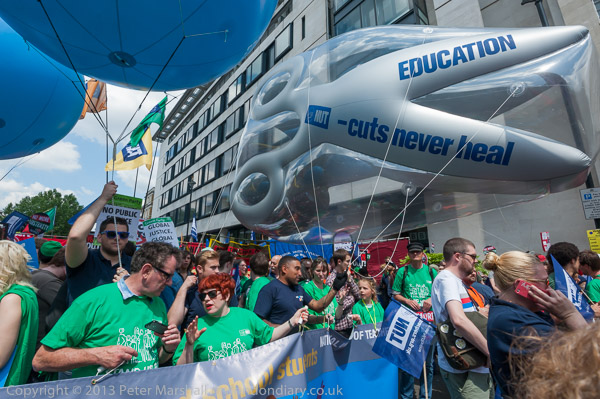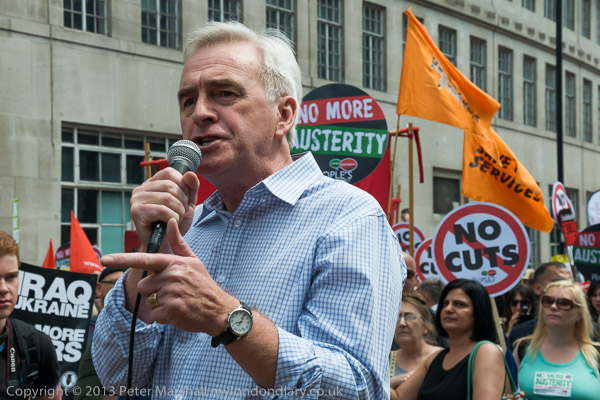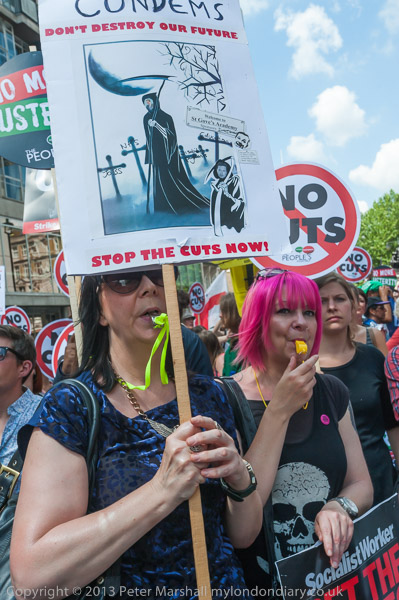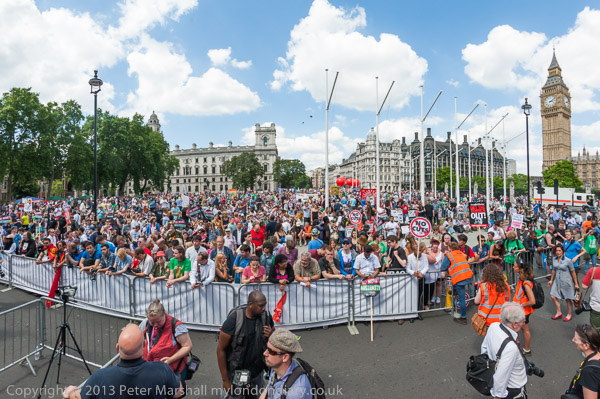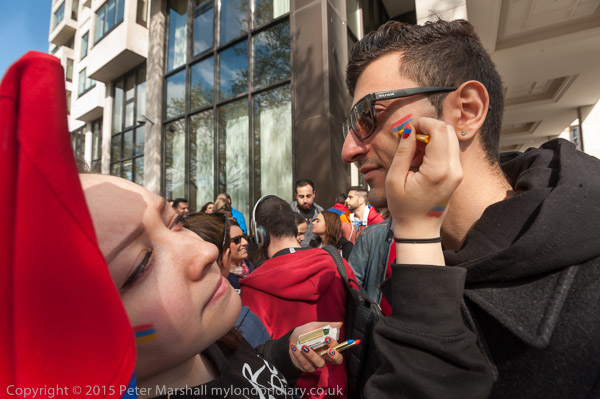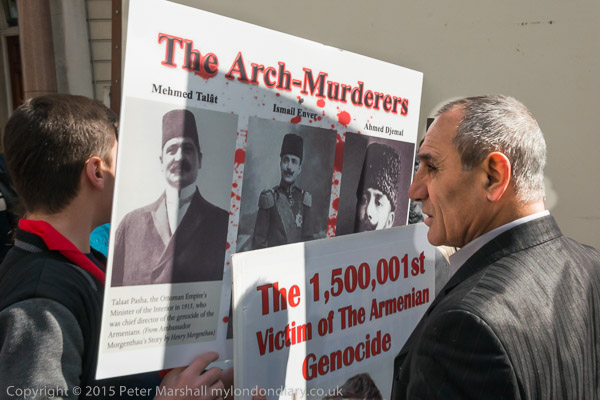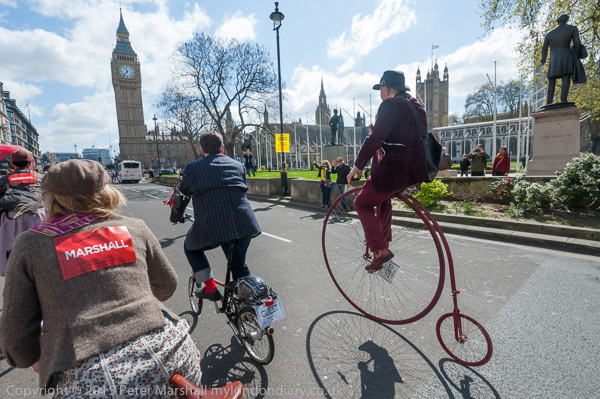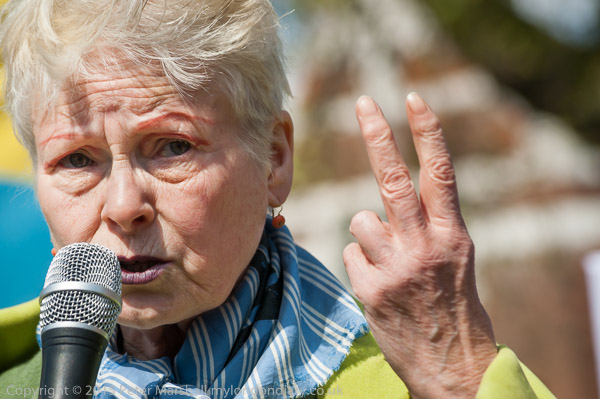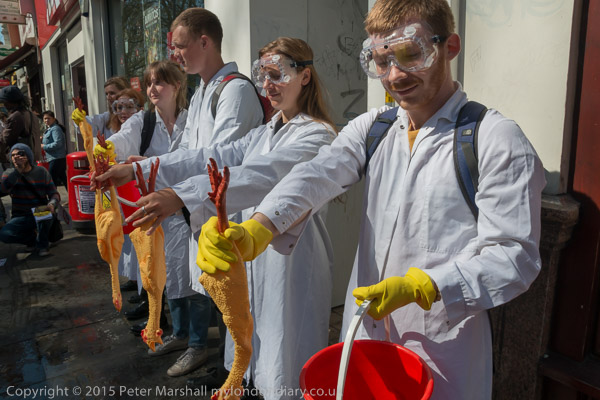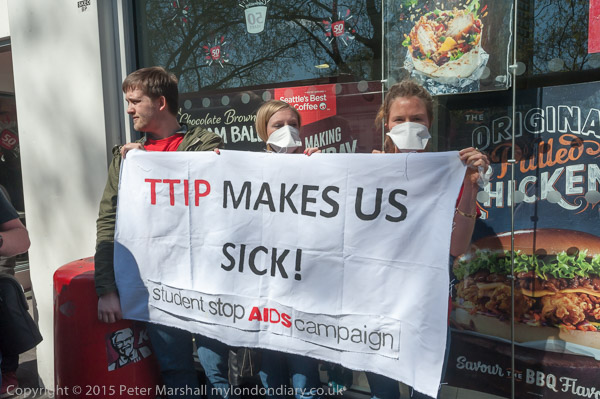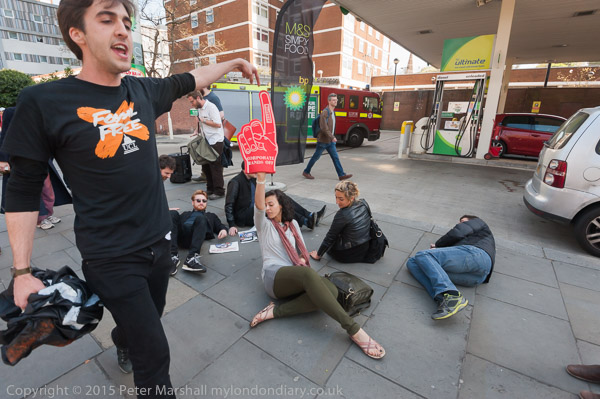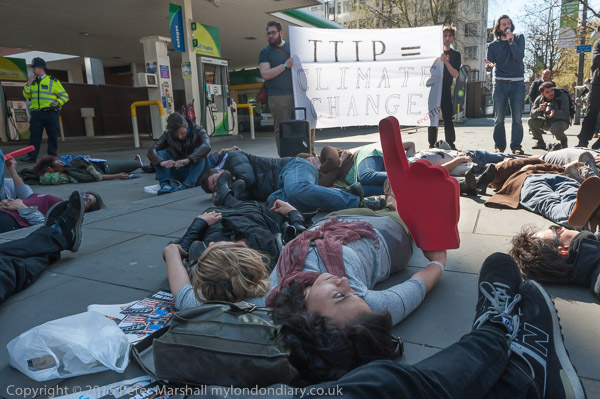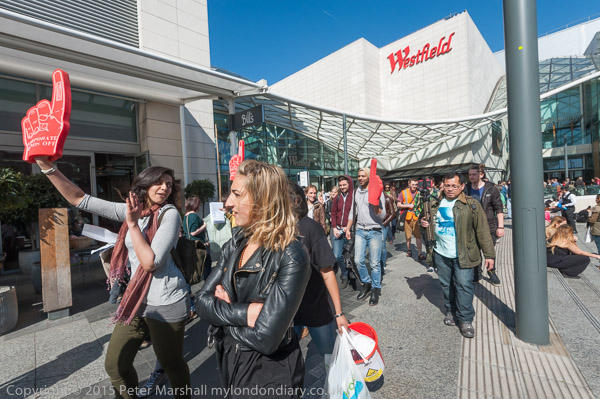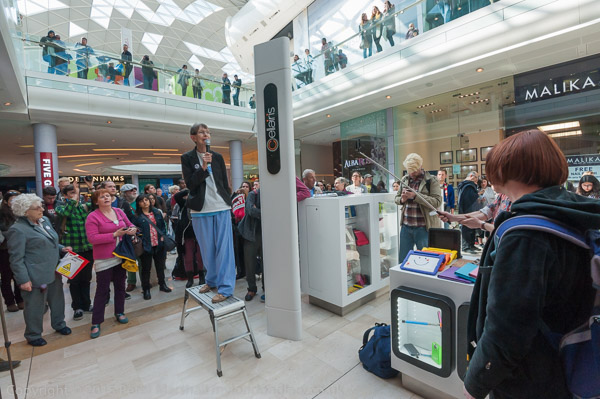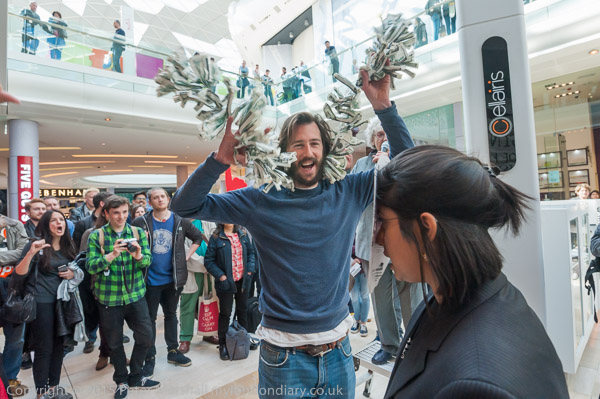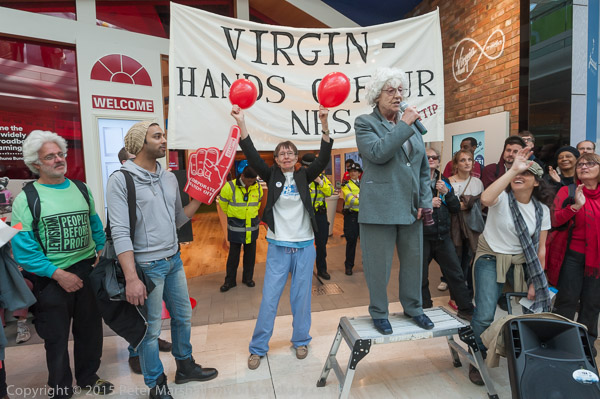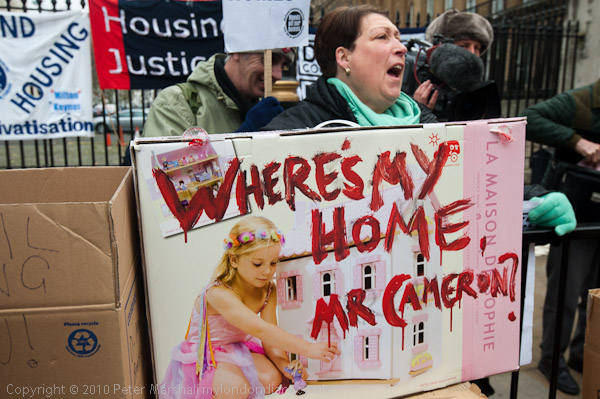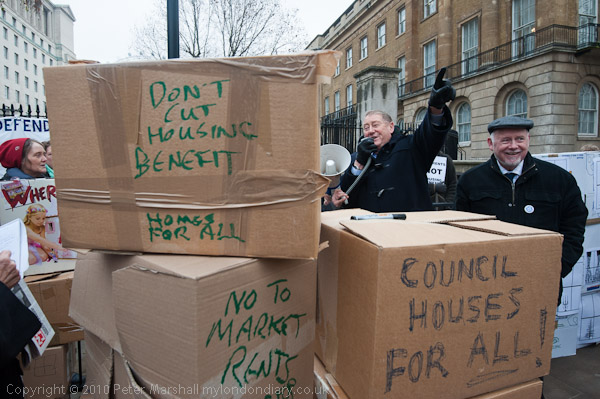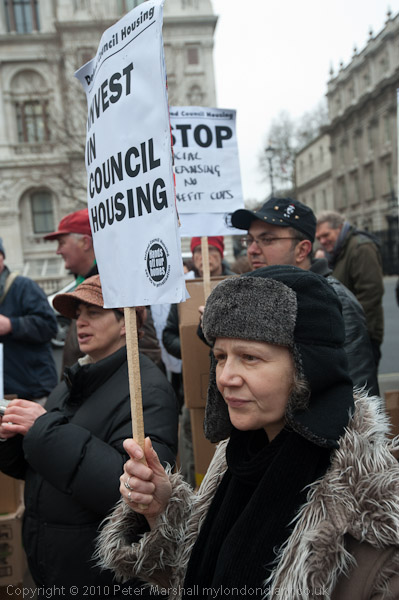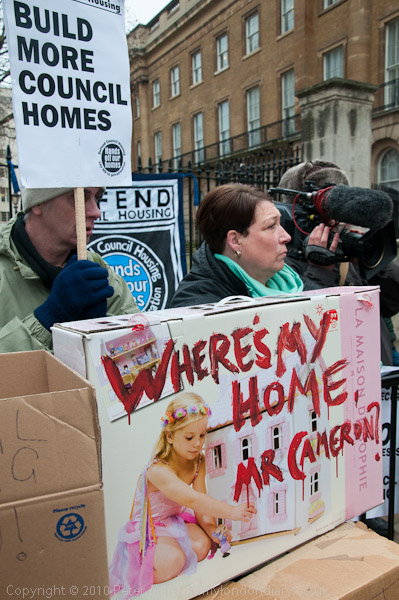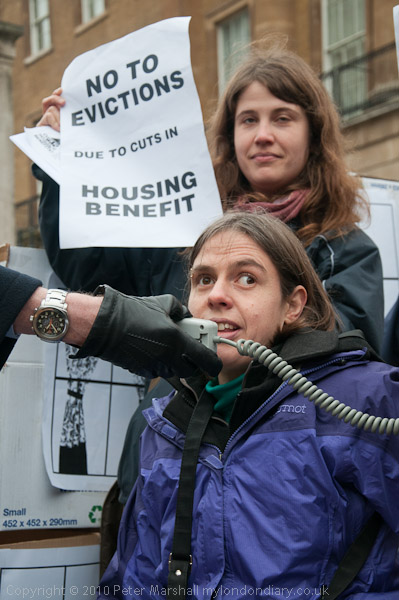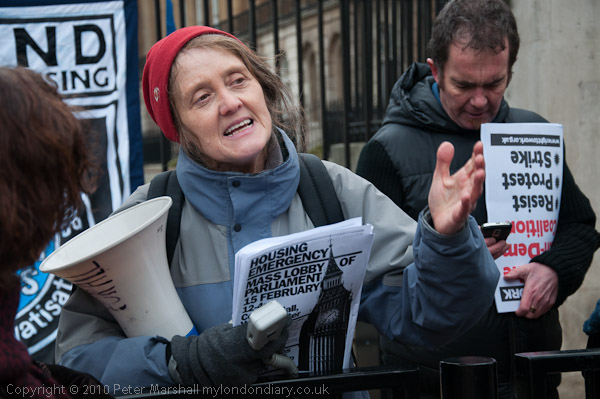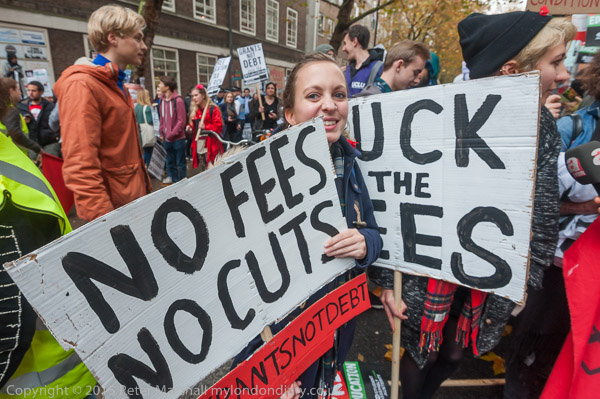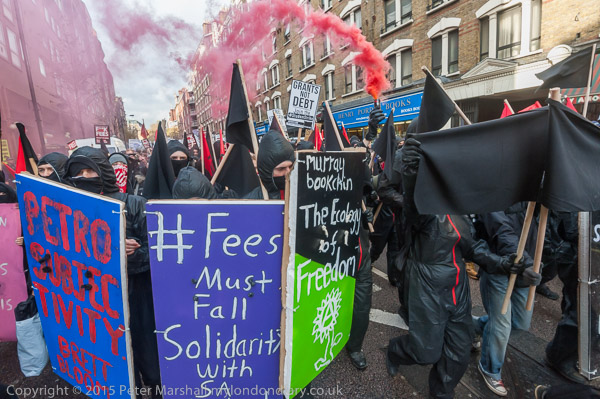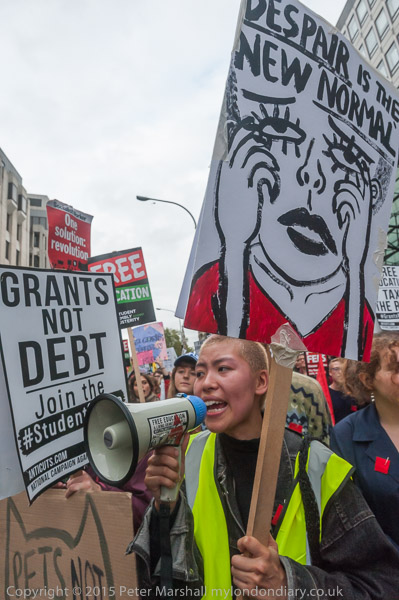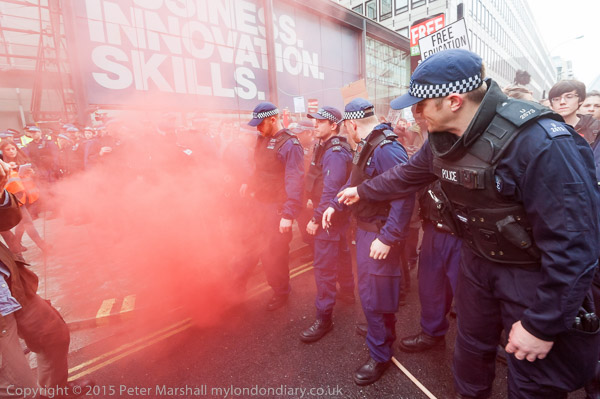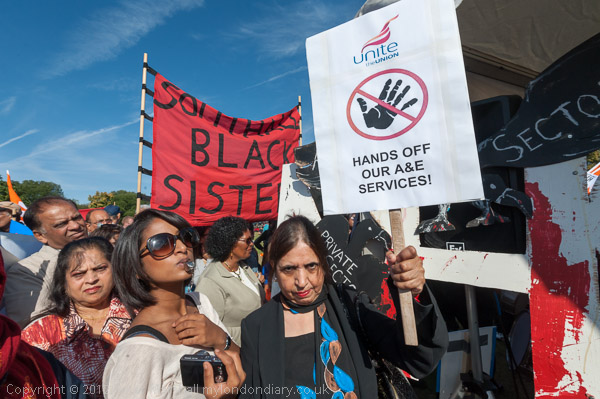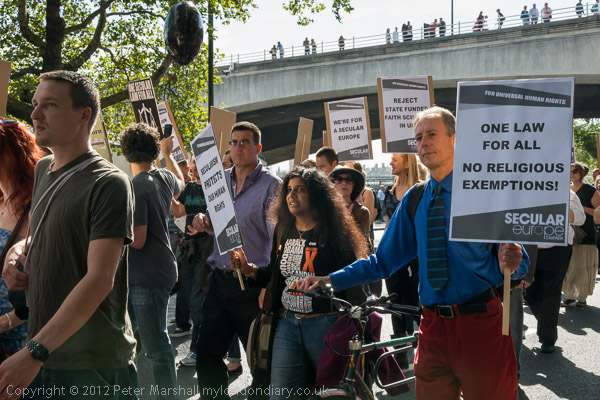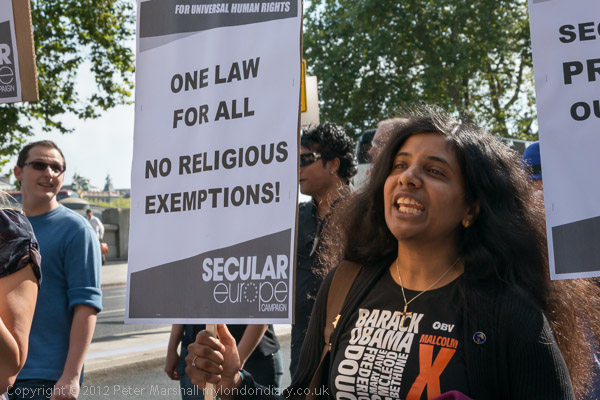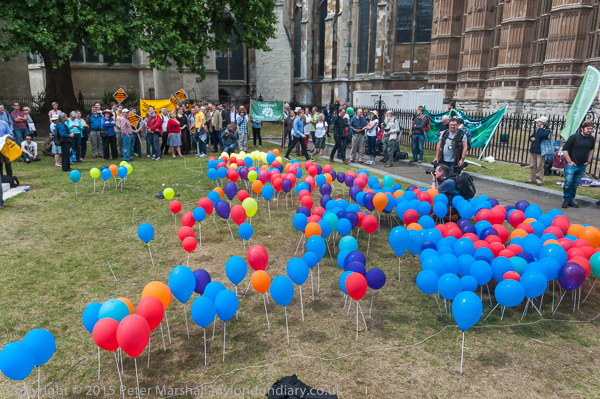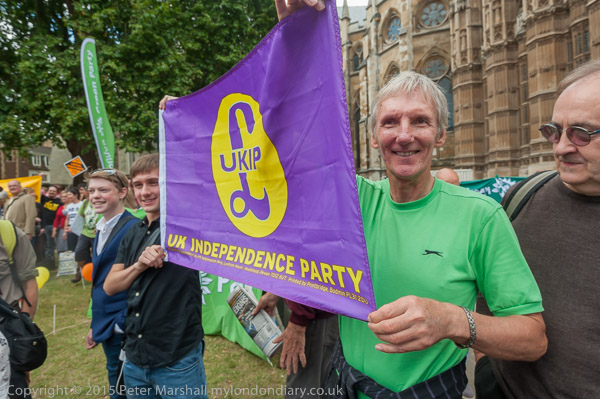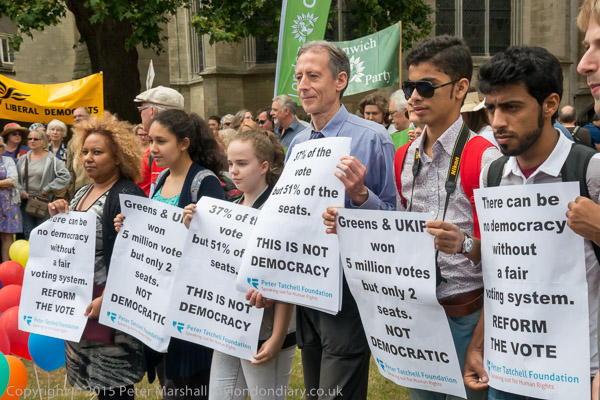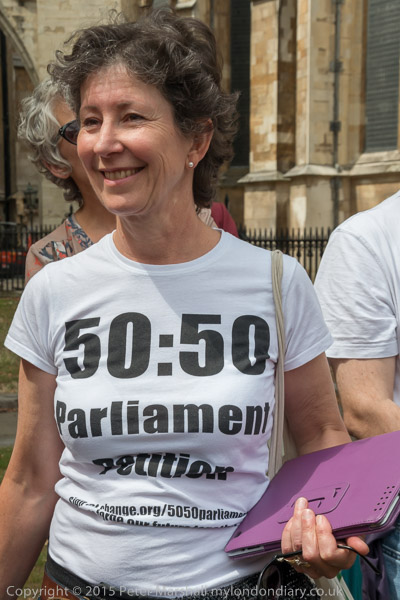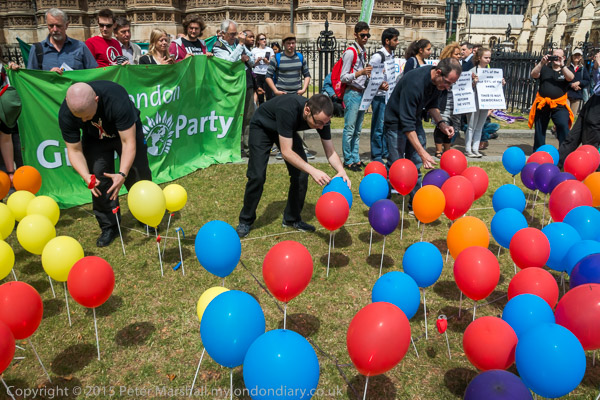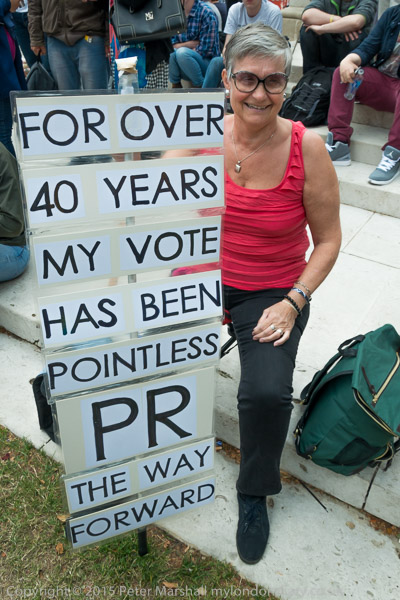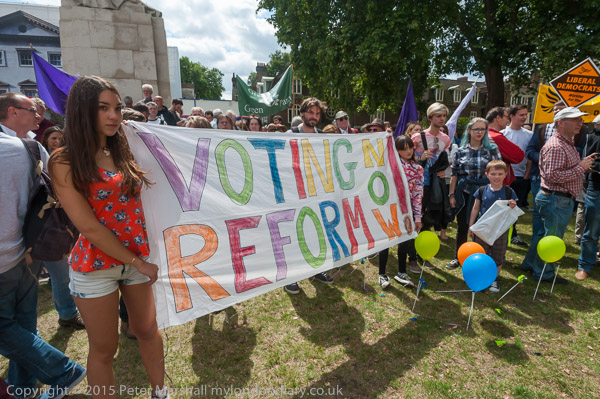
Ten years ago today I was outside the Transport for London Offices on the evening of Friday 27th November 2015 for a rally and die-in by cyclists calling for much greater provision for safe cycling in London.
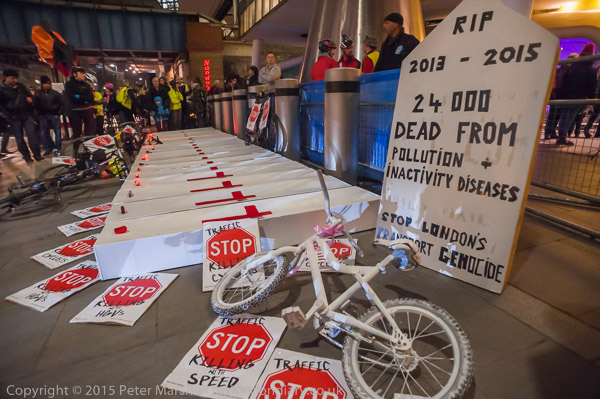
This was two years after their earlier die-in here which had followed the killing of six cyclists in a terrible fortnight on London roads. And after a rally with speeches, poetry and music and reading the names of the 21 cyclists killed, people and bikes again blocked this junction on Blackfriars Road with a short die-in, closing the junction for 15 minutes.
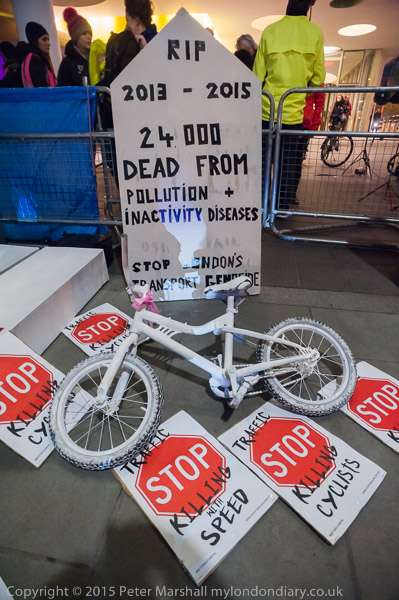
On My London Diary I wrote a fairly lengthy account of the rally, which included speeches from several cyclists who had been seriously injured on London’s roads and were fortunate to still be alive. But in the two years since the previous die-in here, 21 cyclists had been killed and at the protest there was a row of 21 white coffins on the pavement outside the TfL offices, one for each death.
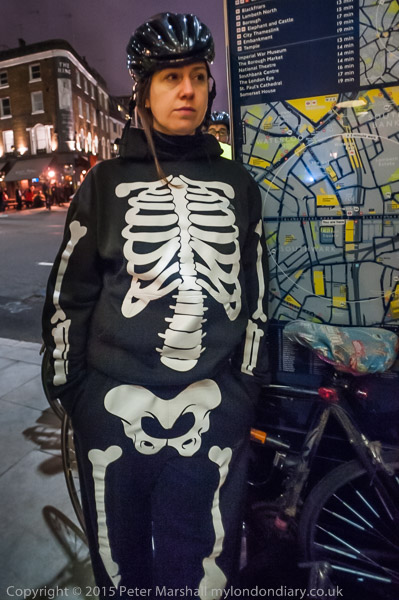
Most cyclists are killed by drivers of heavy goods vehicles, particularly skip lorries, which have very limited vision vision behind and to the side and are unaware of the presence of cyclists.
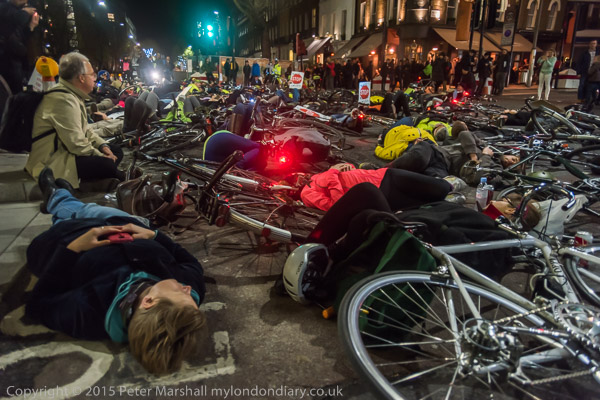
In the two years since 2013 progress on cycle safety has been very limited, and before this protest the organisers, ‘Stop Killing Cyclists‘ had sent a questionnaire to all the candidates standing in the forthcoming election for Mayor of London asking them whether they supported the demands for safer cycling, in what they called the “10% by 2020” London Mayoral Cycle Safety Challenge.
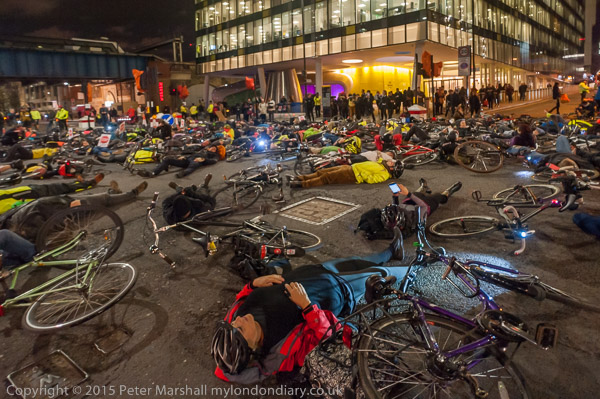
You can read the ten demands on My London Diary but the first was for 10% of TfL budget to be spent on cycling safety by 2020. Stop Killing Cyclists point out that this spending and their other proposals would also make London safer for pedestrians and by encouraging cycling (and walking) would make London healthier for us all.
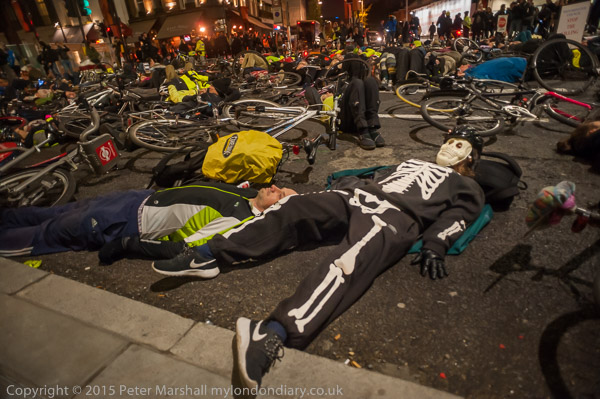
One of the speakers was Professor Brendan Delaney, a doctor working in London, who pointed out that air pollution which comes mainly from traffic, particularly diesel-engines in buses and lorries, is thought to kill around 7,000 a year in London. More people cycling and less traffic could reduce that number dramatically.
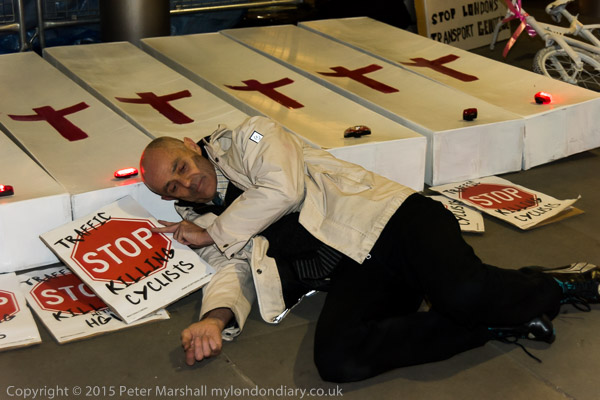
The demands also called for a speed limit of 20 mph (except on motorways) across London and more traffic free areas and all five candidates supported the pedestrianisation of Oxford Street. Only Sian Berry of the Green Party and Independent Rosalind Readhead (who stood to ban private cars from London’s Zone 1 & 2) supported the 10% budget demand, though Labour’s Sadiq Khan promised a “significant” increase.

In his first two terms as Mayor, Khan massively expanded the network of protected cycle tracks and also brought in and improved the Direct Vision lorry standard. And the expansion of the ultra low emission zone (ULEZ) to cover all of London has greatly improved air quality. But this in particular led to considerable public opposition and was blamed by Labour for them failing to win the Uxbridge by-election – although they still came close in what had long been a safe Tory seat.

Labour’s 2024 election victory has been a disaster for sensible transport planning – as well as more general environmental policies – with a switch to supporting major road-building, a third runway at Heathrow and other measures. Active travel seems no longer to be one of his or TfL’s priorities. Pressure from Labour leader Starmer after Uxbridge forced Khan to commit to not implement smart road user charging in his third election manifesto, severely damaging any chance of realising his ambition to make London a ‘Net Zero’ city including for transport by 2030.
More about the protests and more pictures on My London Diary at Stop Killing Cyclists Die-in.
Flickr – Facebook – My London Diary – Hull Photos – Lea Valley – Paris
London’s Industrial Heritage – London Photos
All photographs on this page are copyright © Peter Marshall.
Contact me to buy prints or licence to reproduce.



